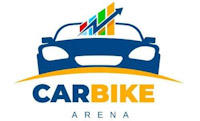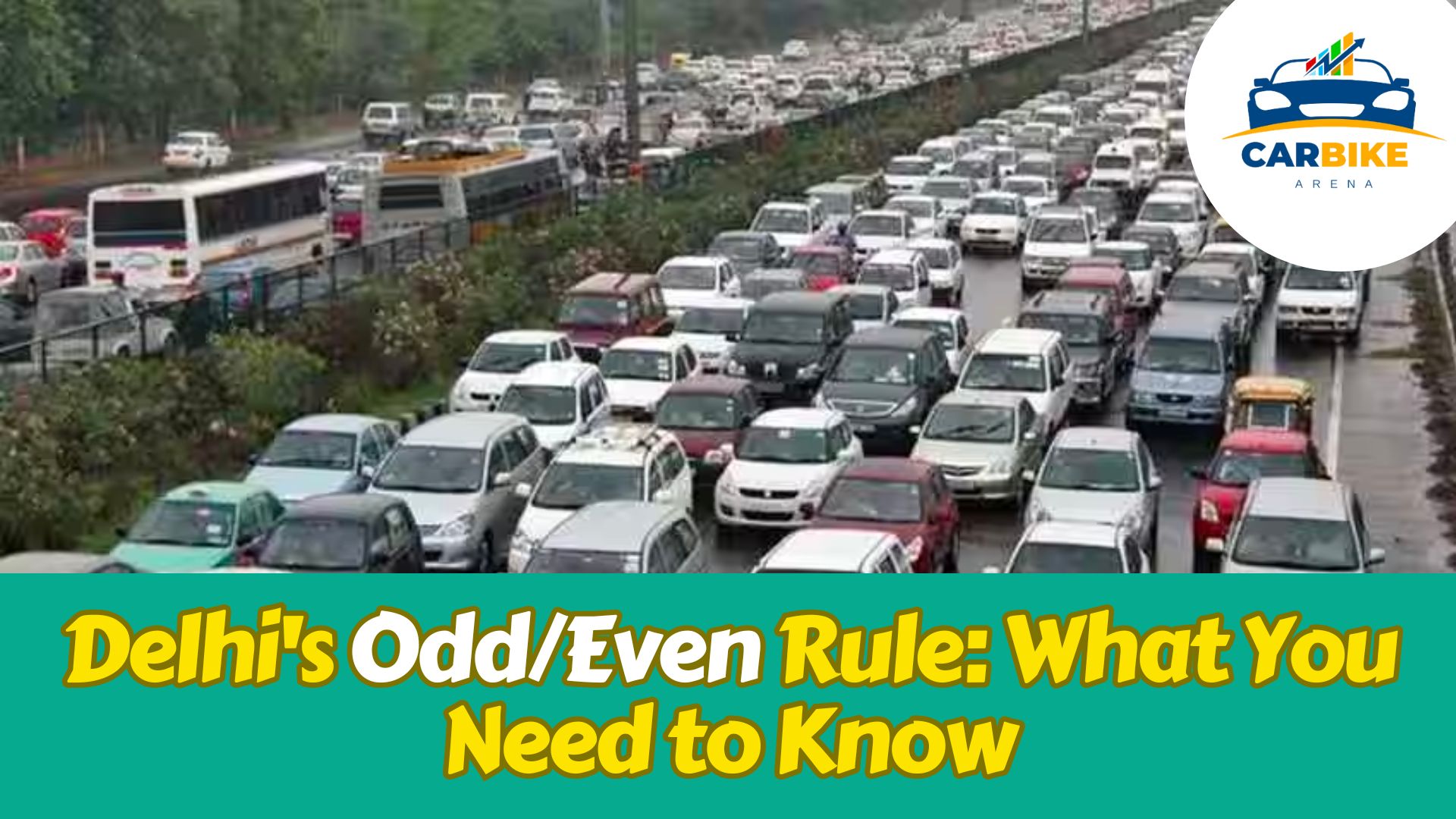Delhi, India’s capital, is grappling with a critical air pollution situation. The city has been covered by a thick layer of smog, which has reduced visibility and caused health problems for millions of residents. The air quality index (AQI) in Delhi has reached alarming levels, exceeding 500 on some days, which is considered hazardous for human health.
One of the measures taken by the Delhi government to combat this situation is the odd/even rule. This is a traffic regulation scheme that allows only vehicles with odd or even numbered license plates to ply on alternate days. The rule is aimed at reducing the number of vehicles on the road and thus lowering the emissions of harmful pollutants.
The odd/even rule was first implemented in Delhi in January 2016, as a pilot project for 15 days. It was then repeated in April 2016, for another 15 days. The rule was again enforced in November 2019, for 12 days, in response to the worsening air quality. The rule is applicable from 8 am to 8 pm, except on Sundays, when all vehicles are allowed. The rule exempts some categories of vehicles, such as emergency vehicles, public transport, women-driven vehicles, two-wheelers, and electric vehicles.
The impact of the odd/even rule on the air quality of Delhi has been debated by experts and citizens alike. Some studies have suggested that the rule has led to a marginal reduction in the concentration of particulate matter (PM) 2.5 and PM 10, which are the main pollutants in Delhi’s air. However, other factors, such as weather conditions, wind speed, crop burning, and industrial emissions, also influence the air quality and may have overshadowed the effect of the rule.
The odd/even rule is not a permanent solution to Delhi’s air pollution problem. It is a temporary measure that can provide some relief to the citizens and raise awareness about the need for cleaner transportation options. Delhi needs to adopt a holistic and long-term approach to tackle the issue of air pollution, which includes promoting public transport, electric vehicles, renewable energy sources, and stricter emission norms.
One of the ways that Delhi can accelerate the adoption of electric vehicles (EVs) and hydrogen clean fuel vehicles is by providing incentives and subsidies to the consumers and manufacturers of these vehicles. The Delhi government has recently launched an EV policy that aims to increase the share of EVs in the total vehicle registrations to 25% by 2024. The policy offers various benefits to EV buyers, such as exemption from road tax and registration fees, cashback on purchase price, low-interest loans, and scrapping incentives. The policy also provides support to EV manufacturers and service providers, such as tax waivers, land allotment, and charging infrastructure development.
Hydrogen clean fuel vehicles are another alternative to conventional fossil fuel vehicles that can reduce emissions and improve air quality. Hydrogen vehicles use hydrogen gas as a fuel source and produce only water as a by-product. However, hydrogen vehicles are still in their nascent stage of development and face many challenges, such as high cost, safety issues, storage difficulties, and lack of infrastructure. Delhi can promote hydrogen vehicles by collaborating with research institutions, industry players, and international partners to develop and deploy hydrogen technologies and create a conducive environment for their growth.
Another aspect that Delhi needs to address is the regulation of two-wheelers, trucks, and other vehicles that contribute significantly to air pollution. Two-wheelers account for nearly 70% of the total vehicle population in Delhi and emit more pollutants per kilometre than four-wheelers. Trucks are another major source of pollution, especially during the night when they enter the city to transport goods. Other vehicles, such as taxis, autorickshaws, buses, and cars, also add to the traffic congestion and emissions.
Delhi can regulate these vehicles by implementing stricter emission standards, imposing green taxes or congestion charges, encouraging carpooling or ride-sharing services, expanding metro rail and bus rapid transit systems, and creating dedicated lanes or zones for non-motorized transport modes such as cycling and walking.
Delhi has a range of options available in the four-wheeler EV market that can suit the different needs and preferences of the consumers. Some of the popular EV models that are currently available or expected to launch soon in India are:
Tata Nexon EV: This is a compact SUV that offers a range of 312 km on a single charge and a power output of 129 PS. It has a battery capacity of 30.2 kWh and can be charged up to 80% in one hour using a fast charger. It has a price tag of Rs 13.99 lakh to Rs 16.40 lakh (ex-showroom).
Hyundai Kona Electric: This is a subcompact SUV that offers a range of 452 km on a single charge and a power output of 136 PS. It has a battery capacity of 39.2 kWh and can be charged up to 80% in 57 minutes using a fast charger. It has a price tag of Rs 23.75 lakh to Rs 23.94 lakh (ex-showroom).
MG ZS EV: This is a midsize SUV that offers a range of 419 km on a single charge and a power output of 143 PS. It has a battery capacity of 44.5 kWh and can be charged up to 80% in 50 minutes using a fast charger. It has a price tag of Rs 20.88 lakh to Rs 23.58 lakh (ex-showroom).
Mahindra eVerito: This is a sedan that offers a range of 140 km on a single charge and a power output of 41 PS. It has a battery capacity of 21.2 kWh and can be charged up to 100% in one hour and 45 minutes using a fast charger. It has a price tag of Rs 10.15 lakh to Rs 10.49 lakh (ex-showroom).
Mahindra e2oPlus: This is a hatchback that offers a range of 110 km on a single charge and a power output of 19 PS. It has a battery capacity of 11 kWh and can be charged up to 100% in one hour and 35 minutes using a fast charger. It has a price tag of Rs 7.57 lakh (ex-showroom).
These are some of the EV options that Delhiites can consider to switch to a greener and cleaner mode of transport and contribute to the fight against air pollution.

